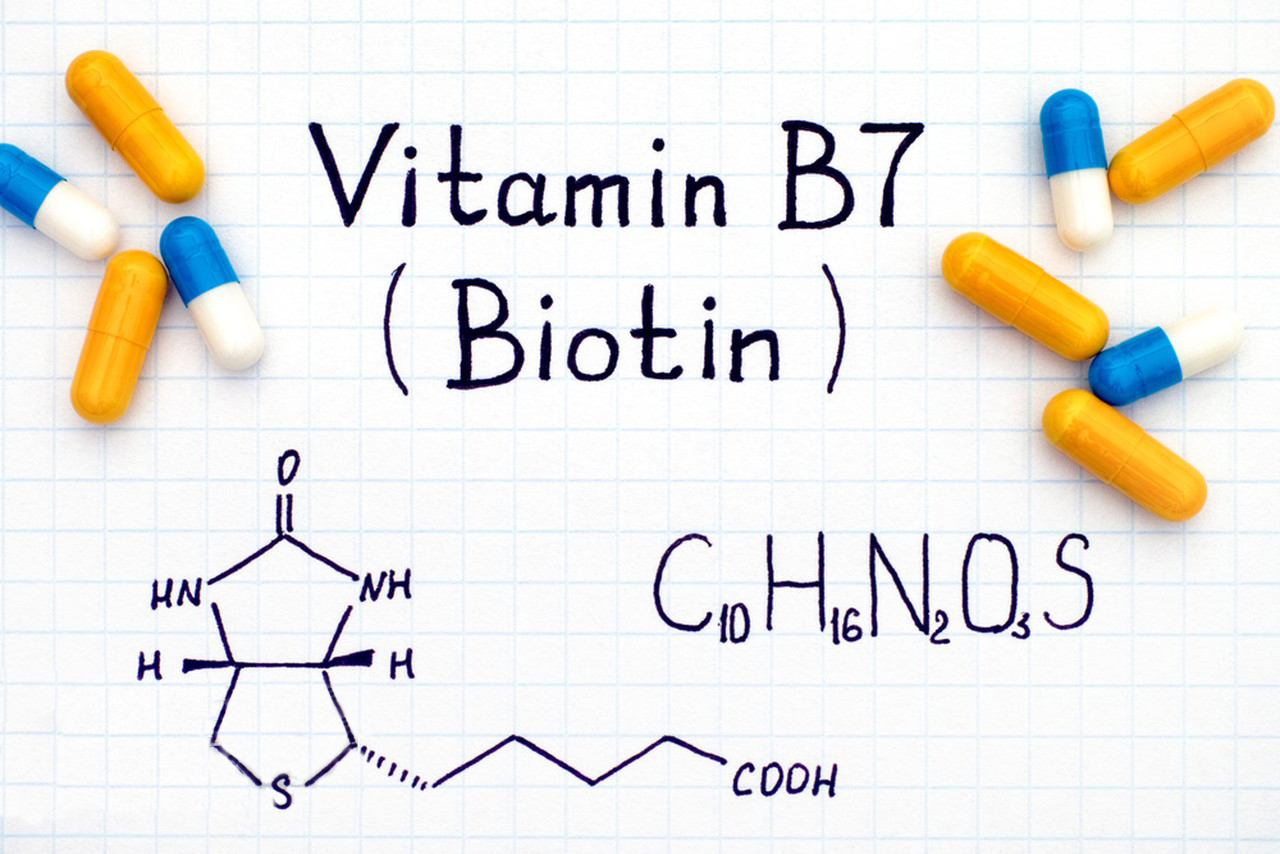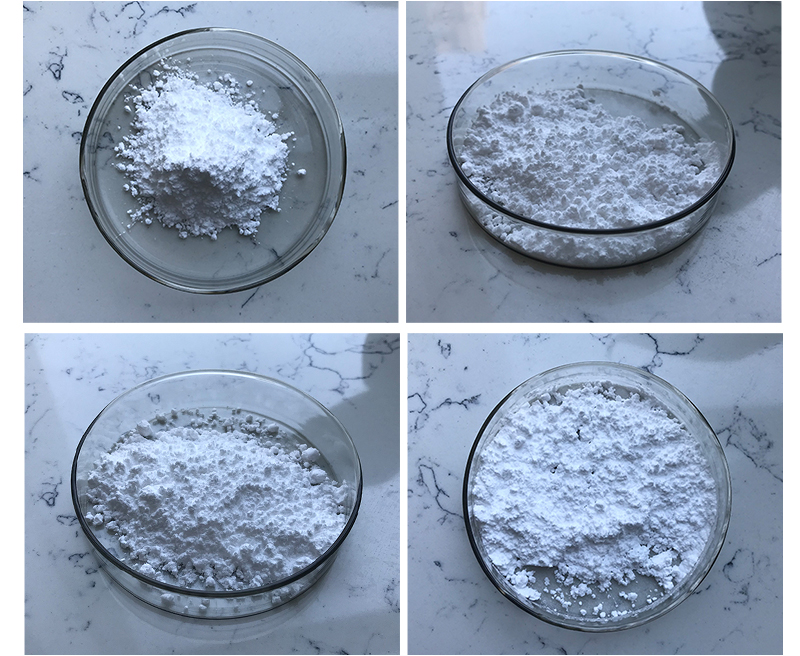Origin and Discovery of Biotin
Biotin, also known as vitamin B₇ or vitamin H, is a water-soluble B-complex vitamin. It was first discovered in 1901 by the German chemist Raphael Amit. The name “biotin” comes from the Greek word bios, meaning “life,” due to its essential role in metabolism and cellular functions. The vitamin was originally referred to as “vitamin H” due to its role in preventing skin conditions like seborrheic dermatitis (commonly known as “H” for “Haut,” meaning skin in German).
In the 1940s, biotin’s chemical structure was elucidated, and it was confirmed as a vital component in several enzymatic reactions related to the metabolism of fats, carbohydrates, and proteins.
Chemical Properties of Biotin
- Chemical formula: C₁₀H₁₆N₂O₃S
- Molecular weight: 244.3 g/mol
- Structure: Biotin consists of a fused ring system containing a ureido ring and a tetrahydrothiophene ring. It is a sulfur-containing compound with a carboxyl group that allows it to interact in carboxylation reactions.

Biotin’s Role in the Body
Biotin acts as a coenzyme for several carboxylases, enzymes that are involved in important metabolic processes:
- Fatty acid synthesis – Biotin is involved in the carboxylation of acetyl-CoA to form malonyl-CoA, which is essential for fatty acid synthesis.
- Amino acid metabolism – It helps in the metabolism of certain amino acids such as leucine.
- Glucose metabolism – Biotin plays a role in gluconeogenesis, the process of converting non-carbohydrate sources into glucose, essential for maintaining blood sugar levels.
- Gene expression regulation – Biotin affects the transcription of certain genes that help regulate cell growth and division.
Sources of Biotin
Biotin is widely distributed in both animal and plant-based foods. Common dietary sources include:
- Eggs (particularly the yolks)
- Nuts (almonds, peanuts, walnuts)
- Legumes (soybeans, lentils, peas)
- Whole grains (oats, barley, wheat germ)
- Liver and organ meats
- Fish (salmon, tuna)
- Avocados
- Bananas
Additionally, biotin can be synthesized by bacteria in the human gut, contributing to the body’s overall biotin requirements.

Recommended Intake
The recommended dietary intake of biotin varies depending on age, gender, and physiological conditions. For example:
- Adults (ages 19 and older): 30 micrograms per day
- Pregnant women: 30 micrograms per day
- Breastfeeding women: 35 micrograms per day
Biotin Deficiency
Biotin deficiency is rare due to its wide availability in foods and the body’s ability to synthesize it. However, in rare cases, it can occur due to:
- Prolonged use of certain medications (like anticonvulsants)
- Genetic disorders affecting biotin metabolism (such as biotinidase deficiency)
- Ingestion of large amounts of raw egg whites (which contain avidin, a protein that binds to biotin and prevents its absorption)
Symptoms of biotin deficiency include:
- Thinning hair or hair loss
- Dermatitis, particularly around the eyes, nose, and mouth
- Brittle nails
- Muscle pain or weakness
- Neurological symptoms such as depression, lethargy, or cognitive impairment

Biotin Supplements
Biotin is commonly available as a dietary supplement, especially marketed for its potential benefits for hair, skin, and nails. However, clinical evidence supporting these claims is limited. Biotin supplementation is generally considered safe, as the body excretes any excess amounts through urine due to its water-soluble nature. Nonetheless, it is always advisable to consult a healthcare provider before taking high-dose supplements.
Conclusion
Biotin is an essential vitamin crucial for metabolic health, supporting processes like energy production, fatty acid synthesis, and amino acid metabolism. It is generally found in a variety of foods and is typically well-maintained through a balanced diet.
